The evolving and ongoing story of the Iskandar Development in Johor is but the latest chapter in this southern Malaysian state’s long history. And it’s a past inextricably intertwined with the Dutch, as historian Dennis De Witt explains.
Many Johor residents and visitors are probably unaware that the Royal State of Johor shares a long and unique historical relationship with the Dutch. It was a bond that was first forged in having a common enemy, but eventually flourished into a friendship to promote mutual trade and diplomacy, lasting for two centuries. The ties of friendship between these two European and Asian states became the platform for cultivating the European obsession for porcelain and in shaping international laws that still exist to this day.
The first alliance
In 1602, a Dutch explorer named Admiral Jacob van Heemskerk sailed up the Johor River towards the Malay fortified town of Batu Sawar. His mission was to foster an alliance with Sultan Alauddin Riayat Shah III, the ruler of Johor.
The Sultan, although eager to befriend the Dutchman who could help Johor in their fight against their common enemy, the Portuguese, was at the same time wary of the Admiral’s capabilities. Therefore, the Sultan devised a test for his newfound friends.
He informed the Admiral that a large Portuguese carrack from Macao, laden with riches from China and Japan, would be sailing past Johor and he wished for the Dutch to capture it.
Although greatly outnumbered and outgunned, the Admiral agreed and the daring raid yielded a rich booty of silk, musk, and porcelain from the Portuguese ship Santa Catarina. The Sultan was so impressed with the Dutch that he decided to send a goodwill envoy to Amsterdam with a personal letter from the Sultan to the Stadtholder, Prince Maurits of Nassau. This marked the first Malay diplomatic envoy to Europe.
They also became the first Malay tourists to Holland, as they were brought to visit the grand cities of Amsterdam and The Hague. In Johor, a Dutch merchant named Jacob Buyzen remained to assist the Sultan of Johor and to ensure the visit of another Dutch fleet.
The event that changed the world
The capture of the Santa Catarina ultimately proved to be an important event, as it would reshape the culture of a nation and help define a point of law that would become the basis for modern offshore laws. The thousands of pieces of fine porcelain on board the Santa Catarina were brought back to Amsterdam and auctioned off to the public. Before then, only the wealthy nobility of Northern Europe could afford to own such treasures from the Far East.
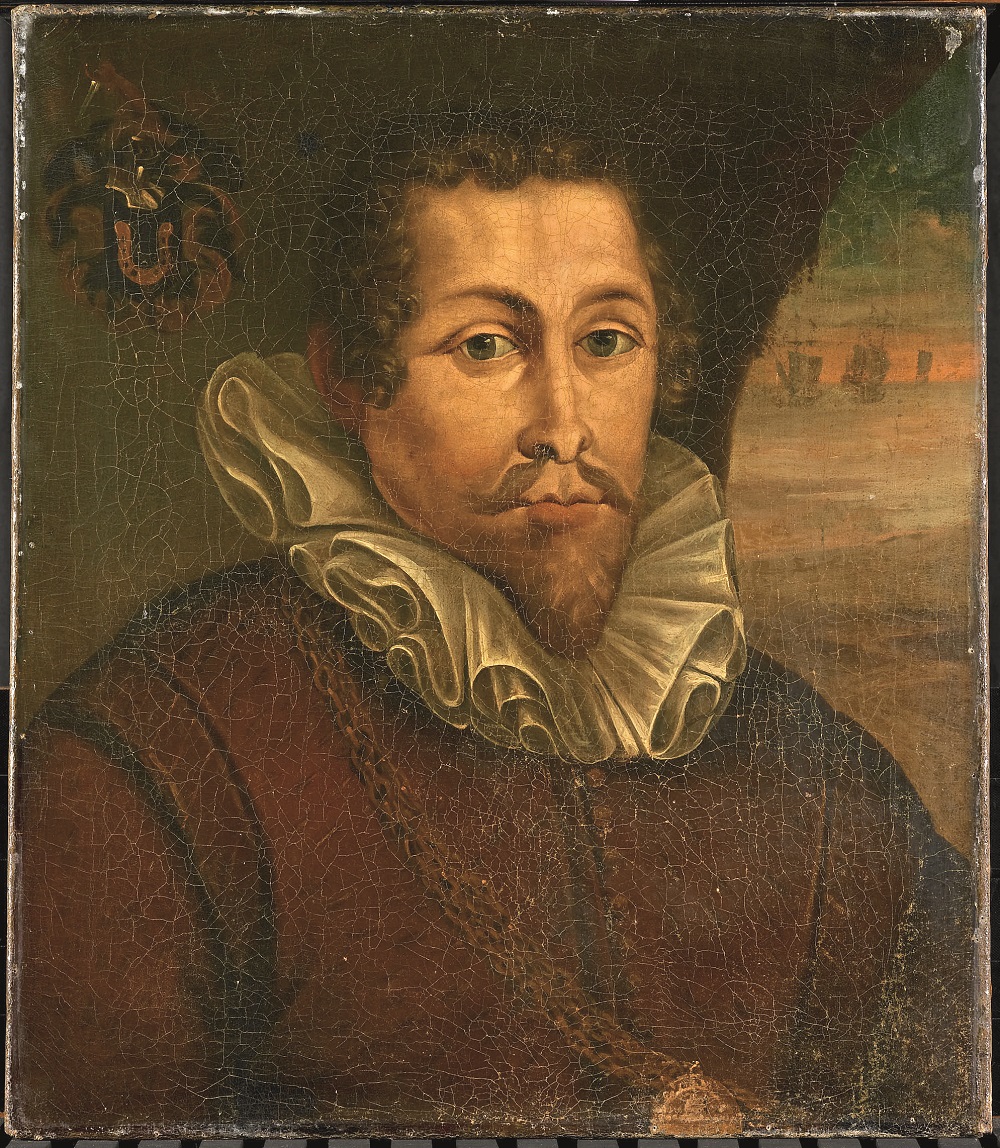
This new twist, however, meant that the captured cargo of exotic porcelain pieces could be purchased by the ordinary citizen. This ignited a mania for porcelain in Holland, with people calling it Kraakporselein, or “carrack-porcelain” after the type of Portuguese ships from which they were taken. It also eventually inspired the Dutch to eventually produce their own world-renowned Royal Delft Blue, fine blue and white porcelain.
The capture of the Santa Catarina also caused a controversy as it marked the start of the Dutch–Portuguese War and the beginning of the end of the Portuguese monopoly on trade in the East Indies. In their defence for the capture of the Santa Catarina, the Dutch East India Company called on a jurist, philosopher, and theologian named Hugo Grotius who wrote the Mare Liberum (The Free Seas).
This doctrine not only called for breaking up various trade monopolies through each nation’s formidable naval power, but it was to become among the most important international legal doctrines regarding the oceans and the backbone of the modern law of the sea.
Conquest and friendship
A fleet of 13 ships commanded by Admiral Pieter Willemszoon Verhoeff arrived in the Straits of Malacca in November 1608. Their orders were to besiege and attempt to capture the fortified town of Malacca from the Portuguese, with help from Johor. The Portuguese in Malacca defended themselves fiercely against the interlopers.
Verhoeff sent word to the Sultan of Johor requesting for his men to be sent to help with the attack of Malacca. Unfortunately, the returned message received was that the Sultan would be unable to offer his assistance, and it became clear to Verhoeff that his attempt to capture Malacca was to be unsuccessful.
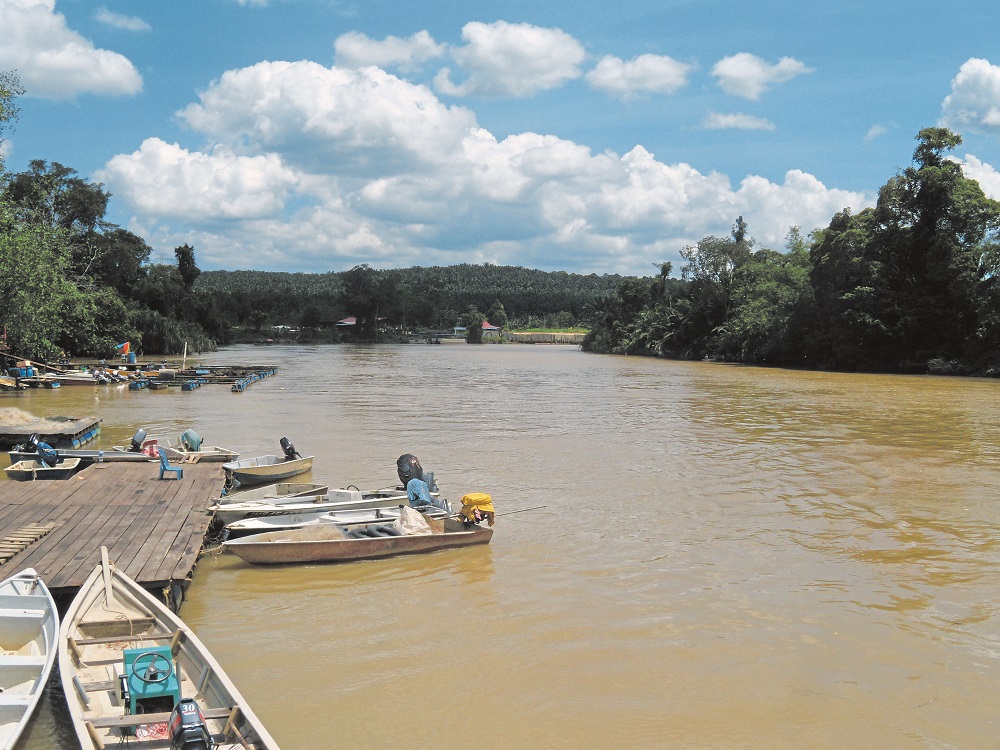
On 29th December 1608, Verhoeff ended his attack on Malacca and set a course south. His plan was to visit Batu Sawar to pay homage to the Sultan of Johor and to secure the Dutch’s future good relationship with Johor. Admiral Verhoeff’s arrival at Batu Sawar was received with much pomp and ceremony.
He and his men were carried on elephants to the Sultan’s palace. It was only then that Verhoeff realised that his attack on Malacca had coincided with the month of Ramadan — the obligatory fasting month for Muslims. The Admiral’s arrival at Batu Sawar was coincidentally on the last fasting day of the Muslim holy month.
First open house invitation
As the next day was Aidilfitri, Verhoeff and his men were invited to stay and join in the festivities, which the Admiral readily accepted. This occasion probably marked the very first invitation extended to Europeans to join in the Malay Hari Raya celebrations or ‘Open House’.
The celebrations at Batu Sawar had greatly impressed Verhoeff and his men. It was recorded that in the afternoon there was a banquet in honour of the European guests, where a table with chairs and cutlery was prepared for them. There were also musical performances and dancing girls to amuse the foreigners. Dutch sailors were even treated to a boat ride on the Johor River and served local food.
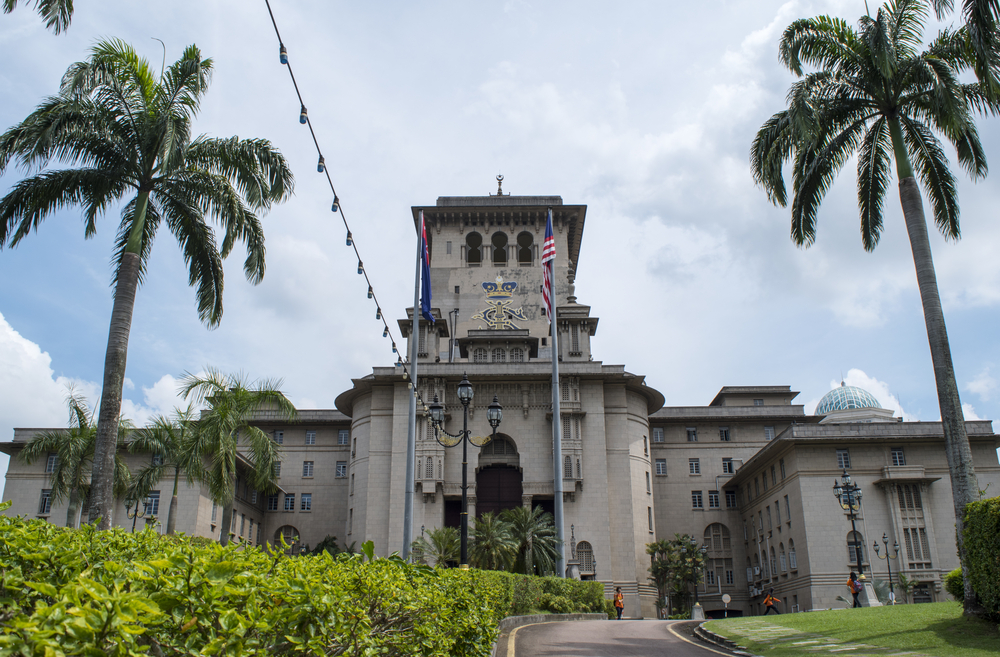
In return, the Dutch organised for the Sultan’s pleasure, a mock battle which delighted the Malays. Verhoeff received a gold keris (Malay dagger) from the Bendahara (a post in the Malay royal court equivalent to that of a Prime Minister) as a gift. In return, the Admiral offered his own sword. He also presented the Sultan with money, a cannon, and ammunition to fight the Portuguese.
Path for the future
Eventually, the Dutch did manage to capture the fortress of Malacca from the Portuguese in 1641. This happened with the joint military efforts of the Dutch together with their old ally from Johor.
With the fall of the Portuguese fortress of Malacca into Dutch hands, Johor was freed from Portuguese threats that had plagued it for more than a century. It ushered in an entirely new era, one in which the land that was heir to the ancient realm of the Malacca Malay Sultans was resurrected and now ruled over by Johor and the Dutch. Johor began to prosper and its status in the Malay world began to elevate.
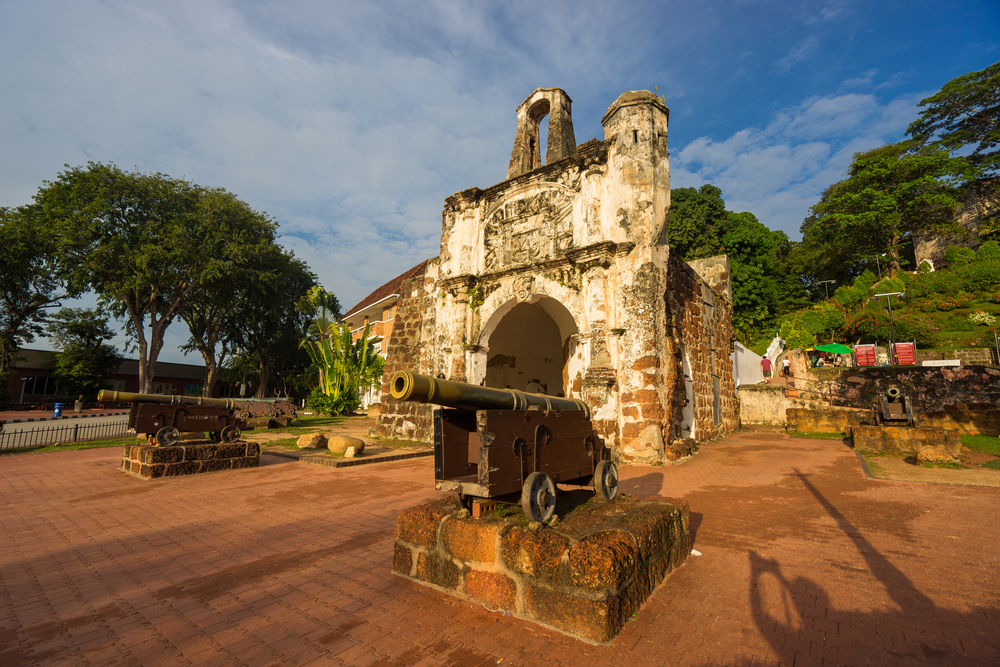
The Dutch would long remember their alliance with Johor and their indebtedness to the Sultan of Johor for the capture of Malacca. In turn, Johor would always maintain cordial ties not only with Dutch Malacca but even directly with Batavia, the seat of the Supreme Government of the Dutch East Indies Company.
Unfortunately, the Malay fortifications at Batu Sawar no longer exist today and the only remnants from those early contacts are some archaeological artifacts. However, the memory of the historic encounter lives on in the study of its history.
Dennis De Witt is the author of several books, including History of the Dutch in Malaysia, Melaka from the Top, and Historical Tombstones and Graves at St Paul’s Hill Malacca.
This article was originally published in Sense of Malaysia (Nov/Dec 2016) which is available online or in print.
"ExpatGo welcomes and encourages comments, input, and divergent opinions. However, we kindly request that you use suitable language in your comments, and refrain from any sort of personal attack, hate speech, or disparaging rhetoric. Comments not in line with this are subject to removal from the site. "


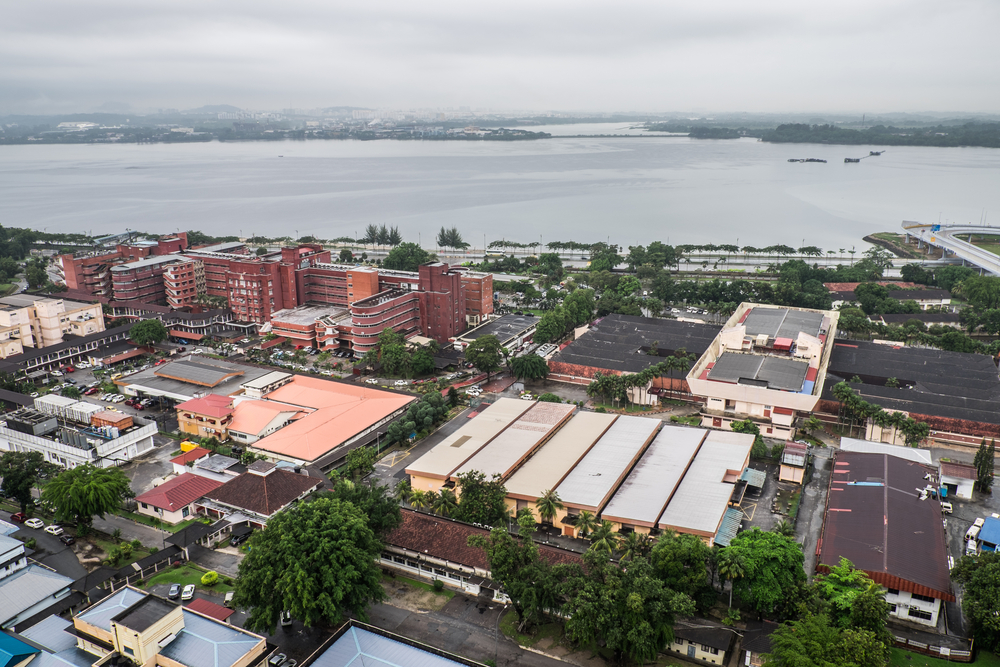

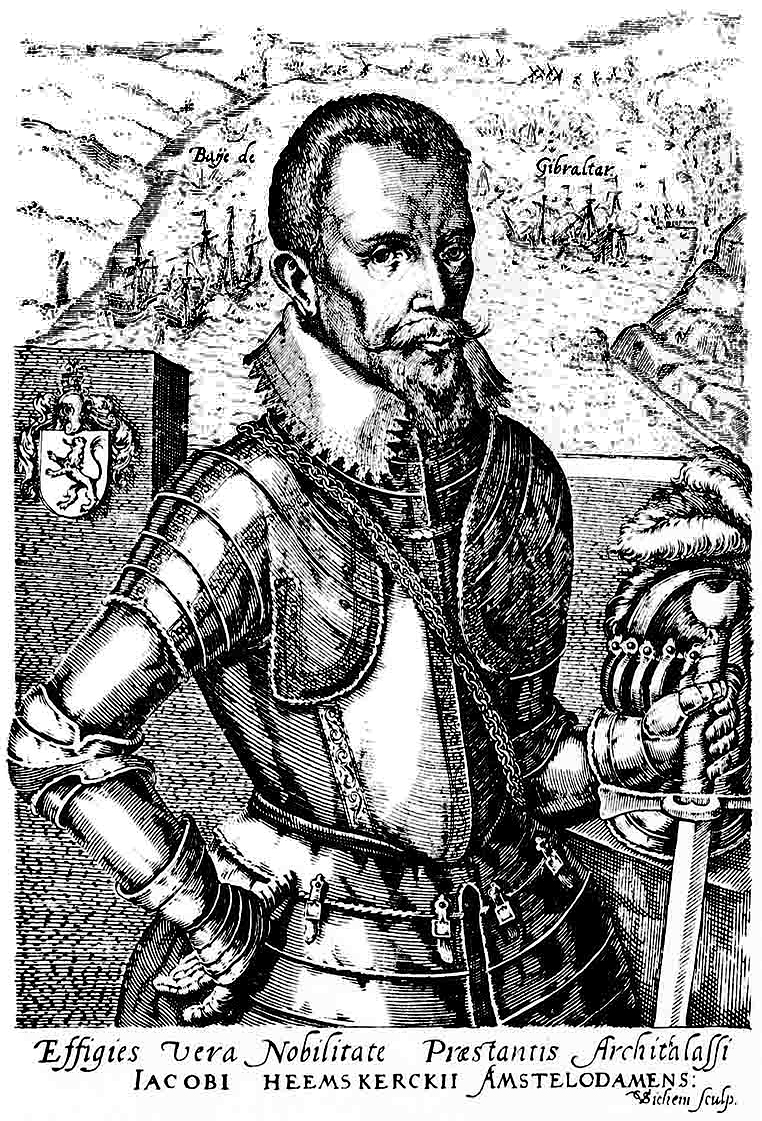
















More stuff on entrepreneurship ok?